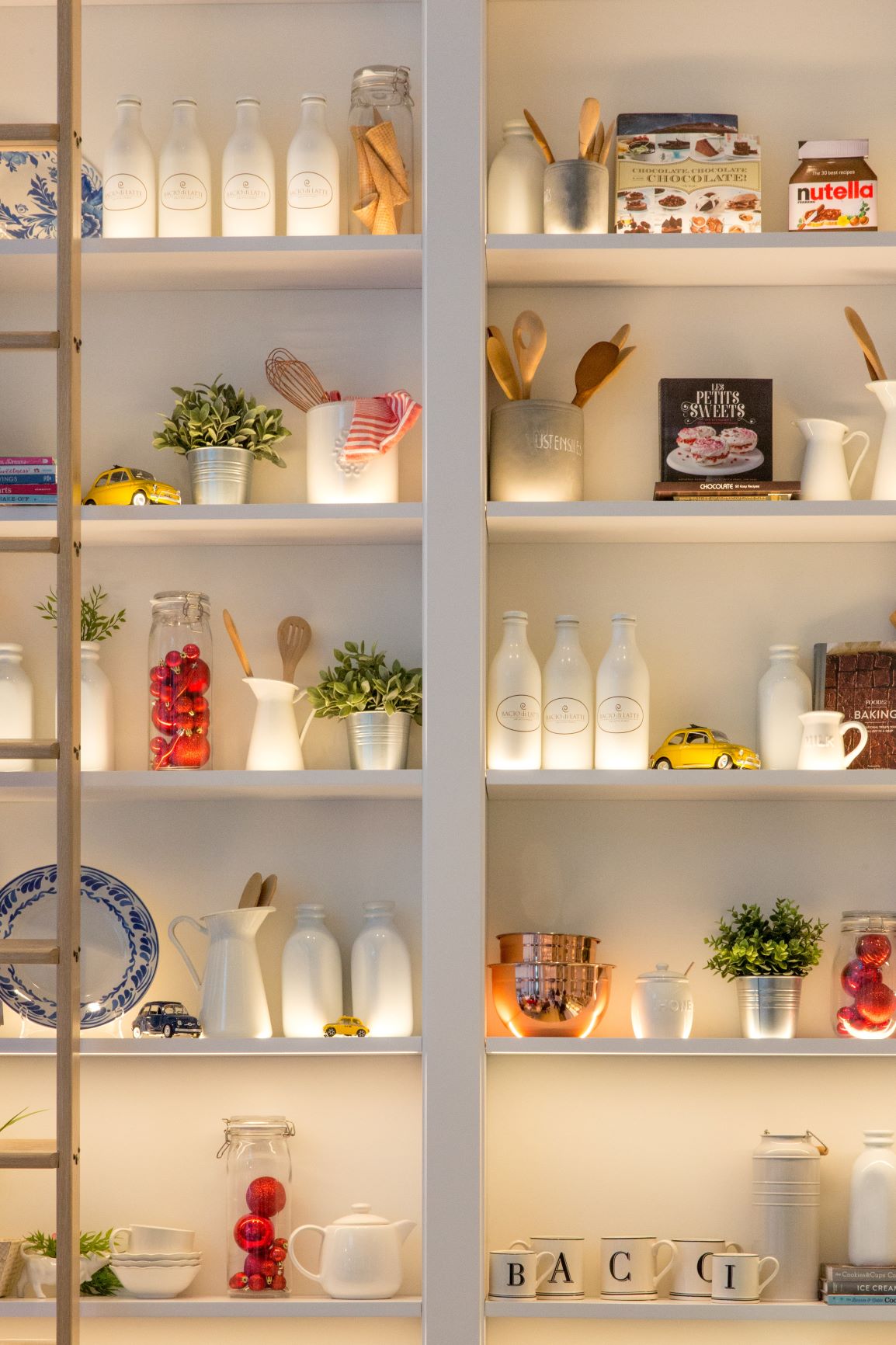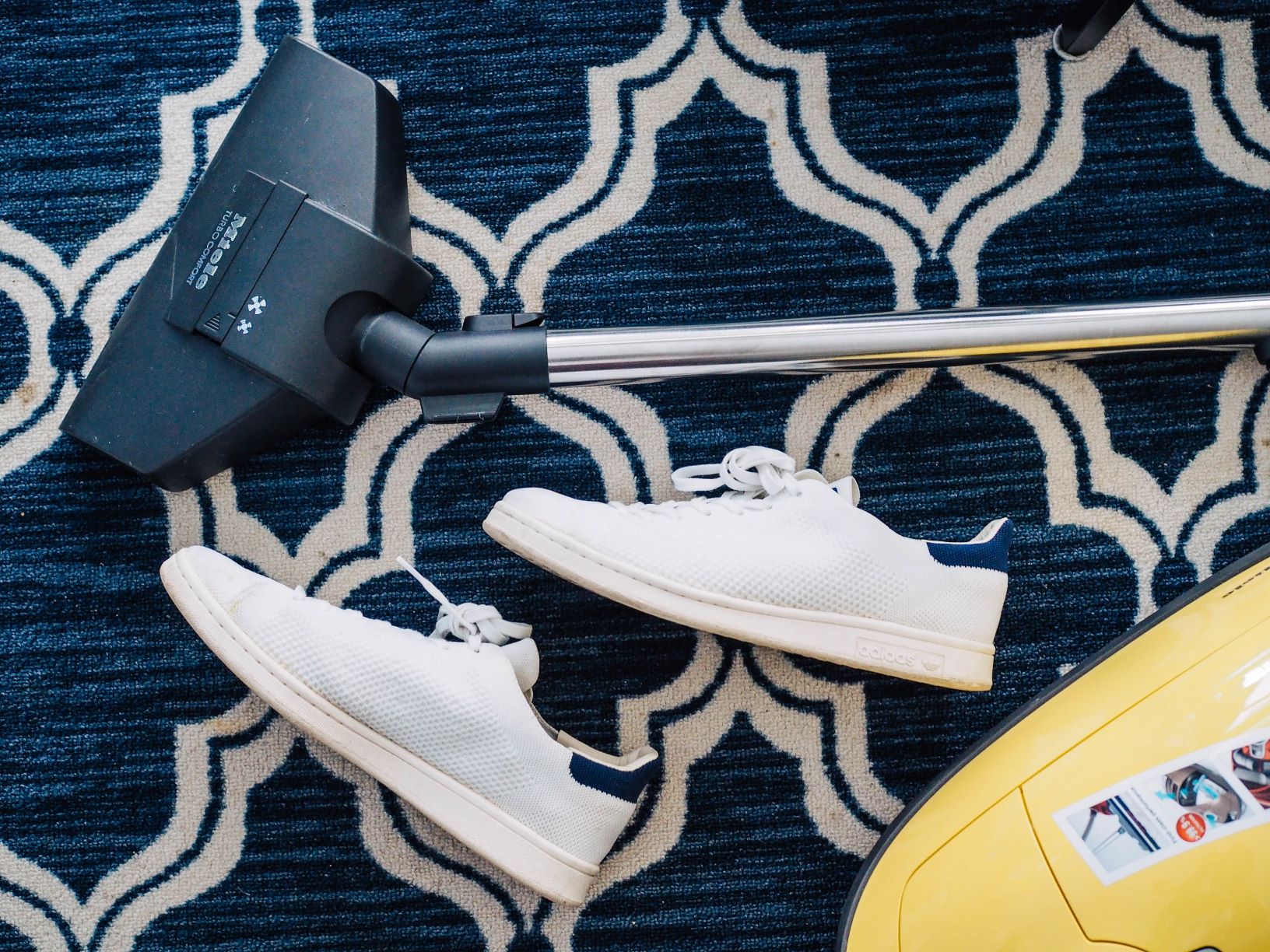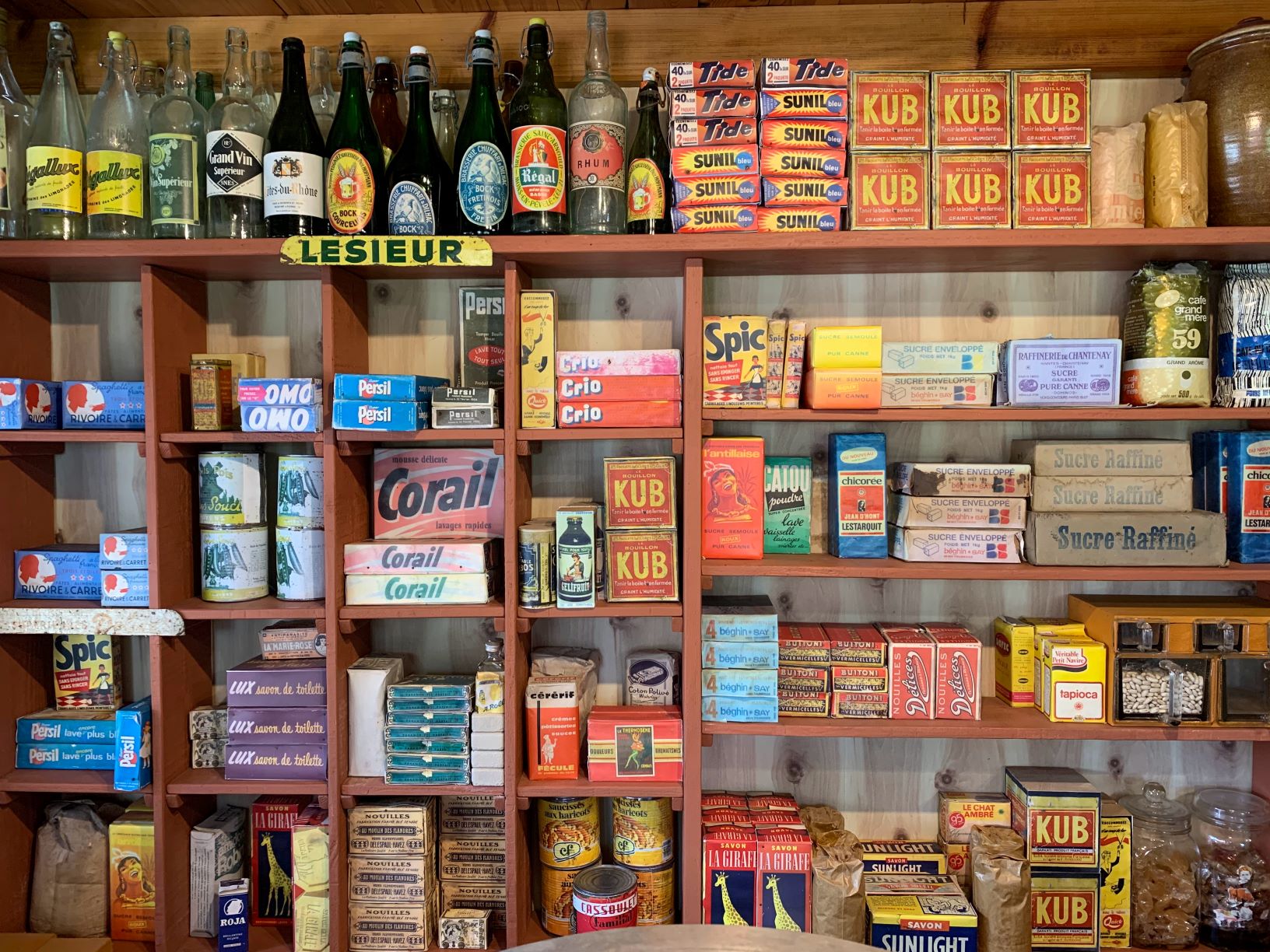Disclaimer: The following post is an opinion piece mainly about my personal experience with the influence of social media as a driving force for consumerism. All images and external sources have been cited.
If you read the title and you are sitting there thinking, "Well duhh nobody wants to be a messy slob so obviously we need to clean the space we use", I am digging deeper here to understand different occasions when people have cleaned the environment around them.
I found an article on Psychology Today which brought up a new vocabulary term called organization porn (Ryback, 2016) . I was instantly reminded of all the Instagram reels of influencers showing off picture perfect arranged stocks of bath and body items, makeup, skincare, and pantry items.

Photo by Jason Leung
Role of Marketing
The marketing here is brilliant because it is giving you a visual of an aesthetic looking environment where everything is neatly placed but our brains are also getting used to seeing visuals of excessive items. Over time, this can subconsciously send the message that buying items in excess for storage even if we don’t end up finishing it entirely is okay. I want to make it clear here that I am not here to judge anyone’s spending habits but my main focus is on how marketing can manipulate us into adopting habits which become automatic.
I searched up the hashtag shower routine on Instagram and I was instantly bombarded with posts and videos of routines with shelves and several drawers filled with perfumes, candles, lip glosses, and Walmart Tree Hut scrubs (this is the one specific item which has popped up on majority of the videos I saw!!). Its almost as if they have made it their personal mission to acquire all of the flavours of this body scrub at once! Now if you try searching up the hashtag organization on Instagram, again there are several posts and video reels of a bulk of items of the same type stored in a household neatly organized.
![Screenshot_20210708-161831_Instagram~2[1].jpg](https://images.hive.blog/DQmPnmTVGzVXfxPxc9VxXoNF7F1ED6ewxUv9KoAqsYq8L8e/Screenshot_20210708-161831_Instagram~2[1].jpg)
Source: screenshot taken from my instagram search using Samsung S10
Note: The original image is owned by the account bodiedthatbodycare on Instagram. They own full rights and ownership of this image
Connection Between Cleaning and Marketing
Cleaning and organizing can be a therapeutic experience for people to feel less stressed and to declutter their space and minds to improve focus and experience a sense of relief (Ryback, 2016) but the images that are advertised to us show an excessive bulk of items which we don’t really need in that amount being organized which can indirectly create a subconscious drive to buy in bulk even if it is not needed. Now let’s take this back to what I said about cleaning earlier.

Photo by The Creative Exchange
As much as cleaning can become a joyful experience, excessively stocking up on items which you don’t really need can make that experience stressful since you may end up misplacing items or have a hard time finding space to keep them especially if you have space limitations. This will then drive you to buy organization tools to contain all the excessive items and the cycle repeats (buy more, buy organization containers to store and repeat this cycle as you try to "clean your space").

Photo by Thomas Cateau
Final Thoughts
The main takeaway here is to become aware of the messages we indirectly receive from our environment and social media. The images of aesthetically pleasing organized shelves, drawers and environments are sending another layer of hidden message about consumerism. We get stuck in a cycle of excessively buying items we don’t need in bulk and then when we try to clean it for the sake of our peace of mind, we buy organization containers or stacks to store them and the cycle repeats. Our cabinets get heavier, items expire and our pockets get lighter. The goal is to become aware.
All images have been cited above. The Psychology article I used can be accessed here. It is written by Ralph Rybakc M.D and reviewed by Lybi Mai. To learn more about the authors credentials, click here. Images are sourced from unsplash.com.
